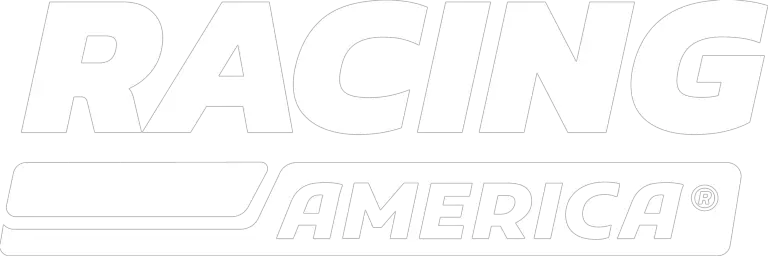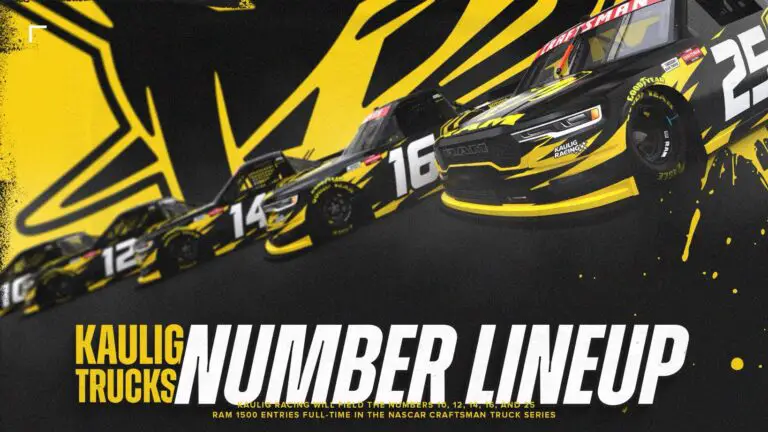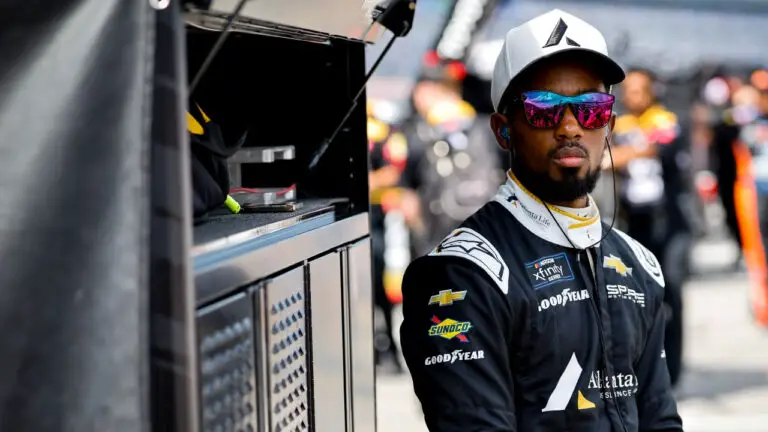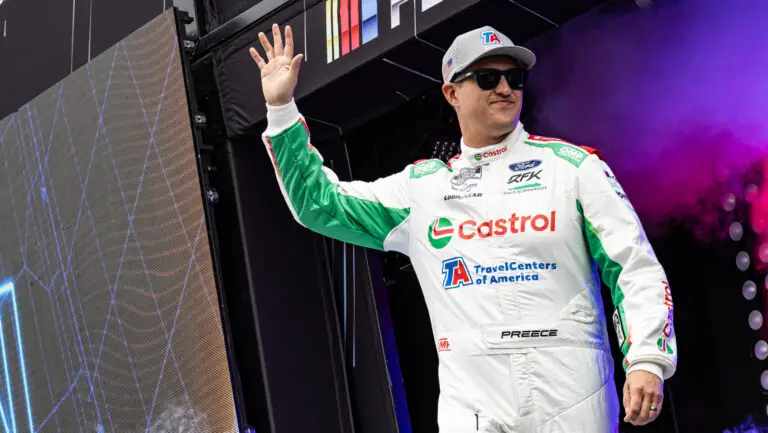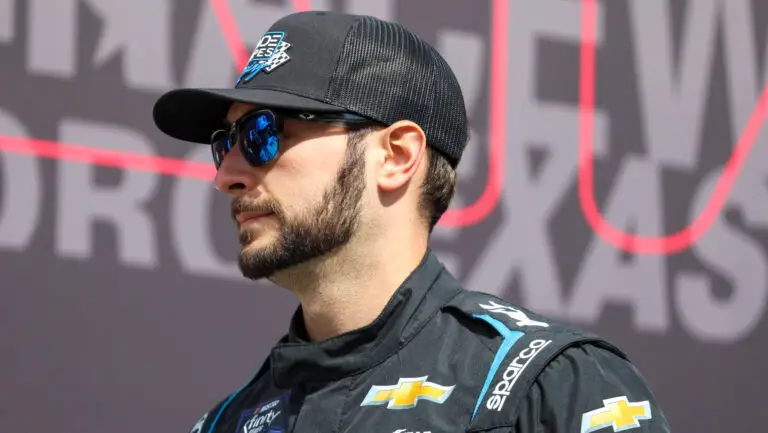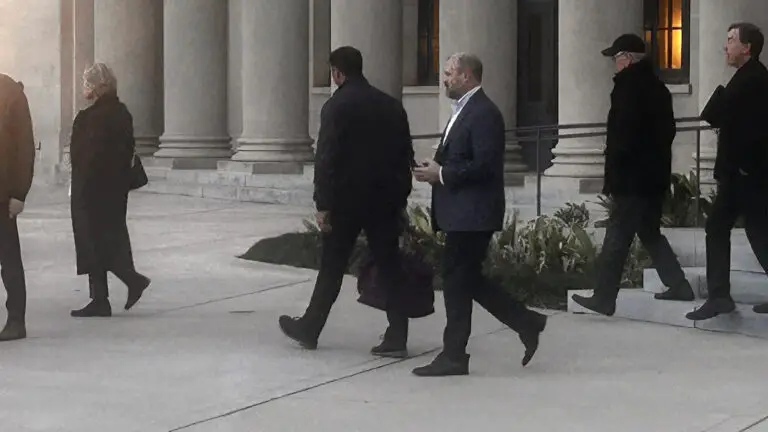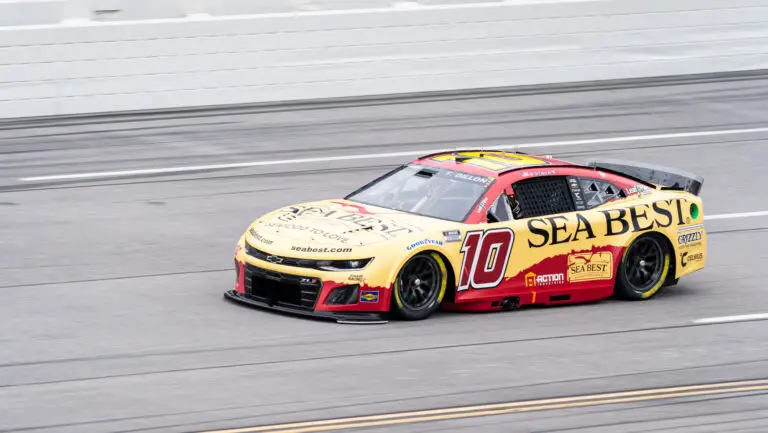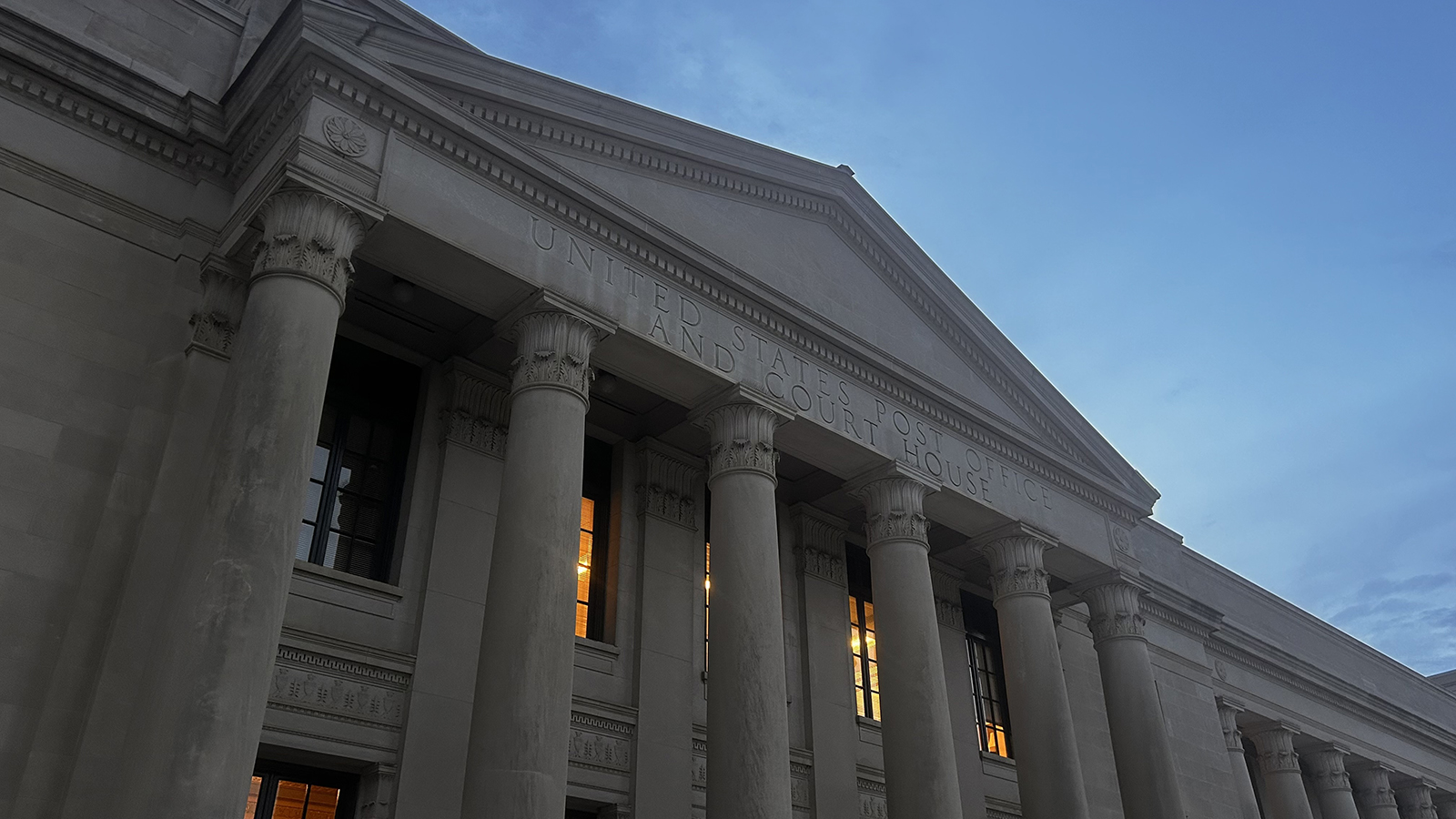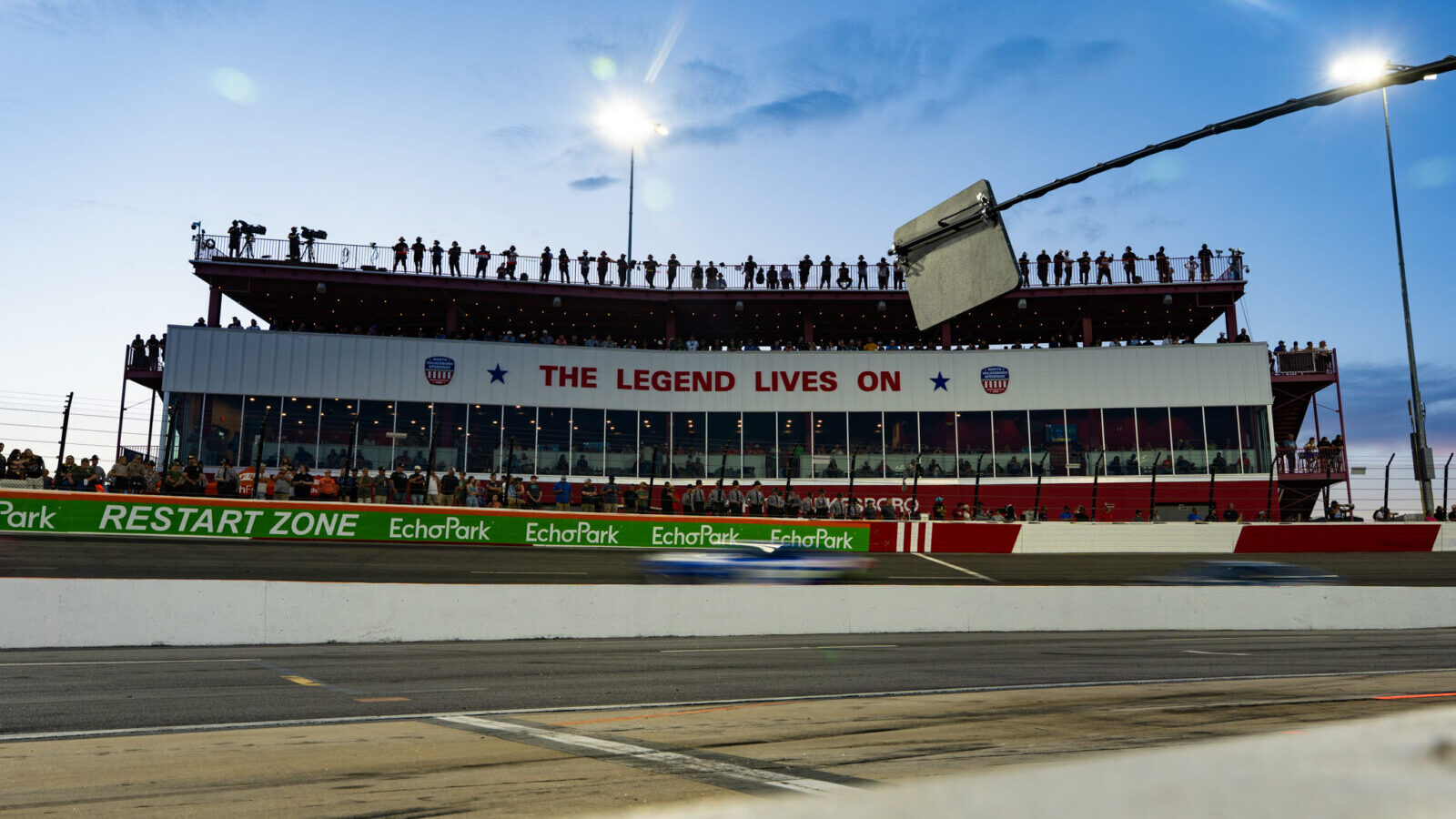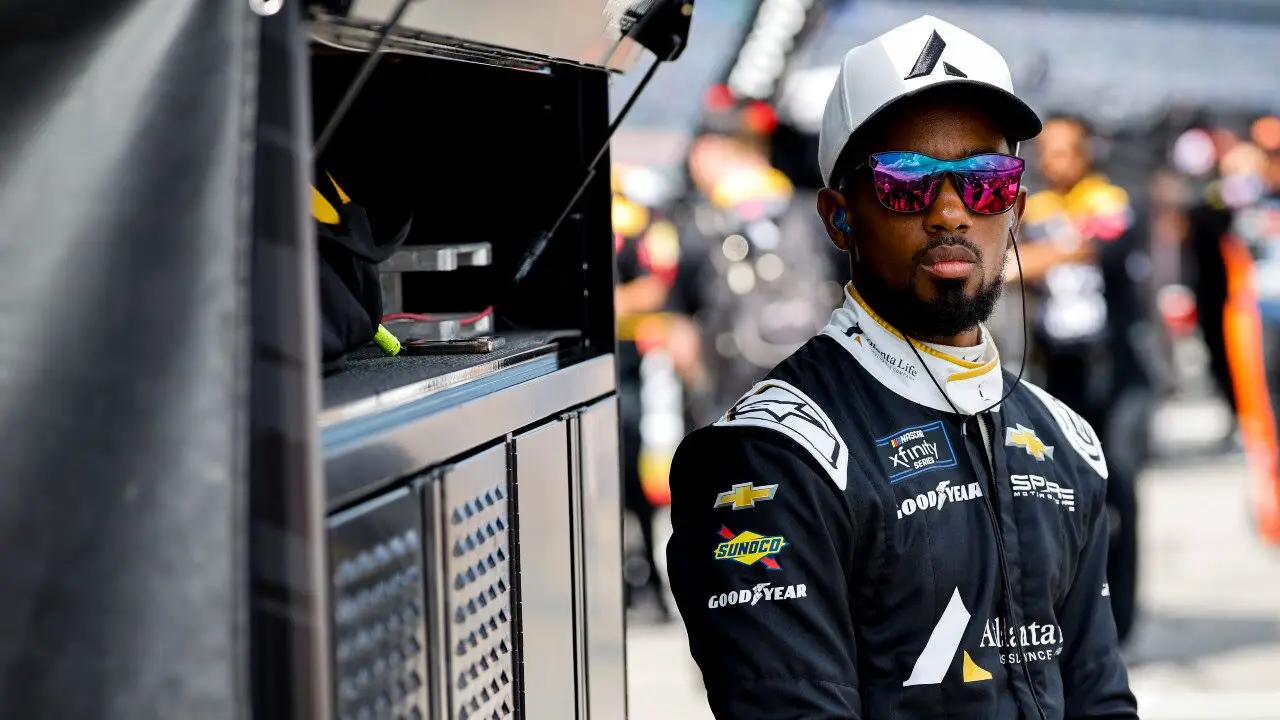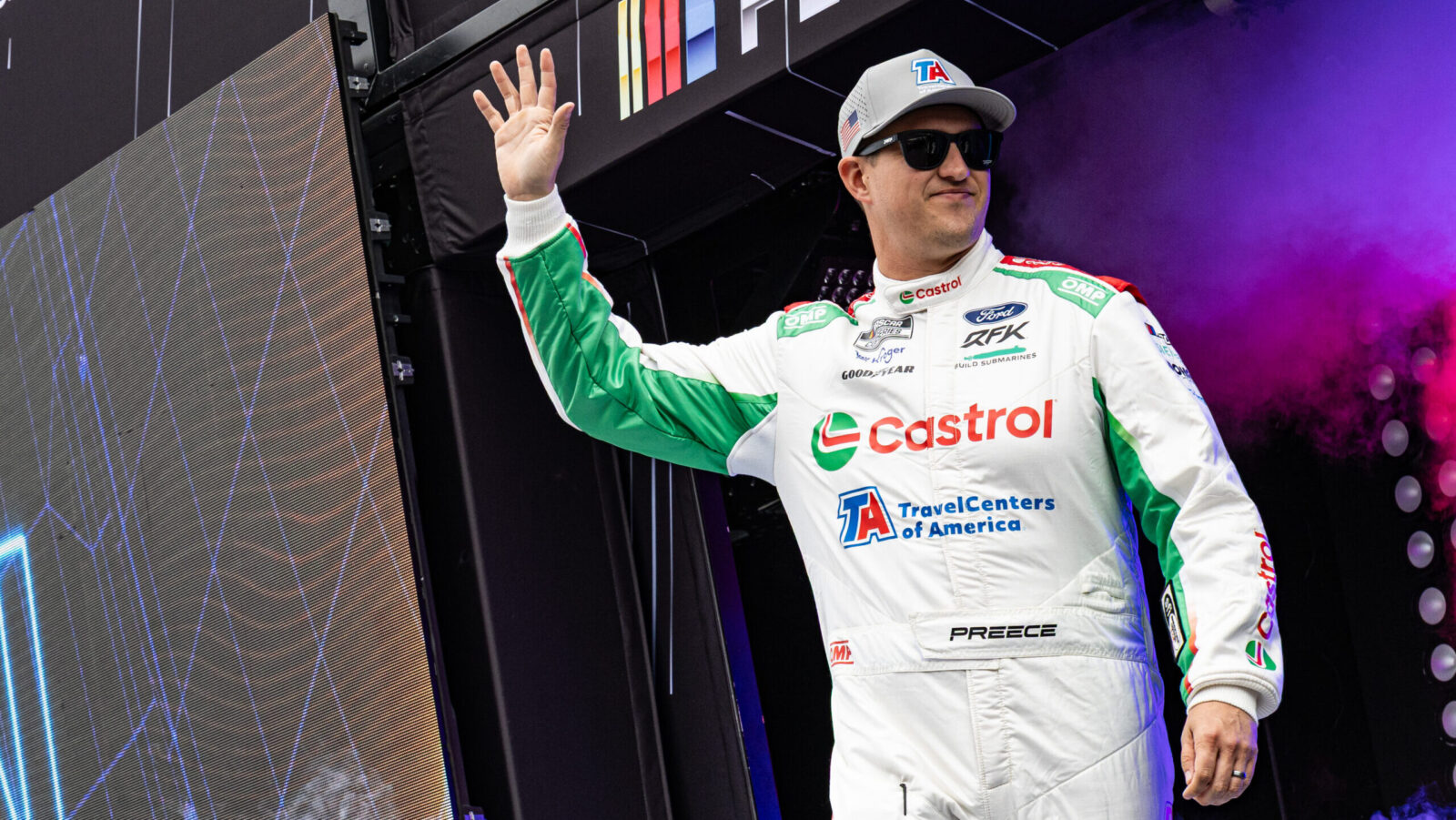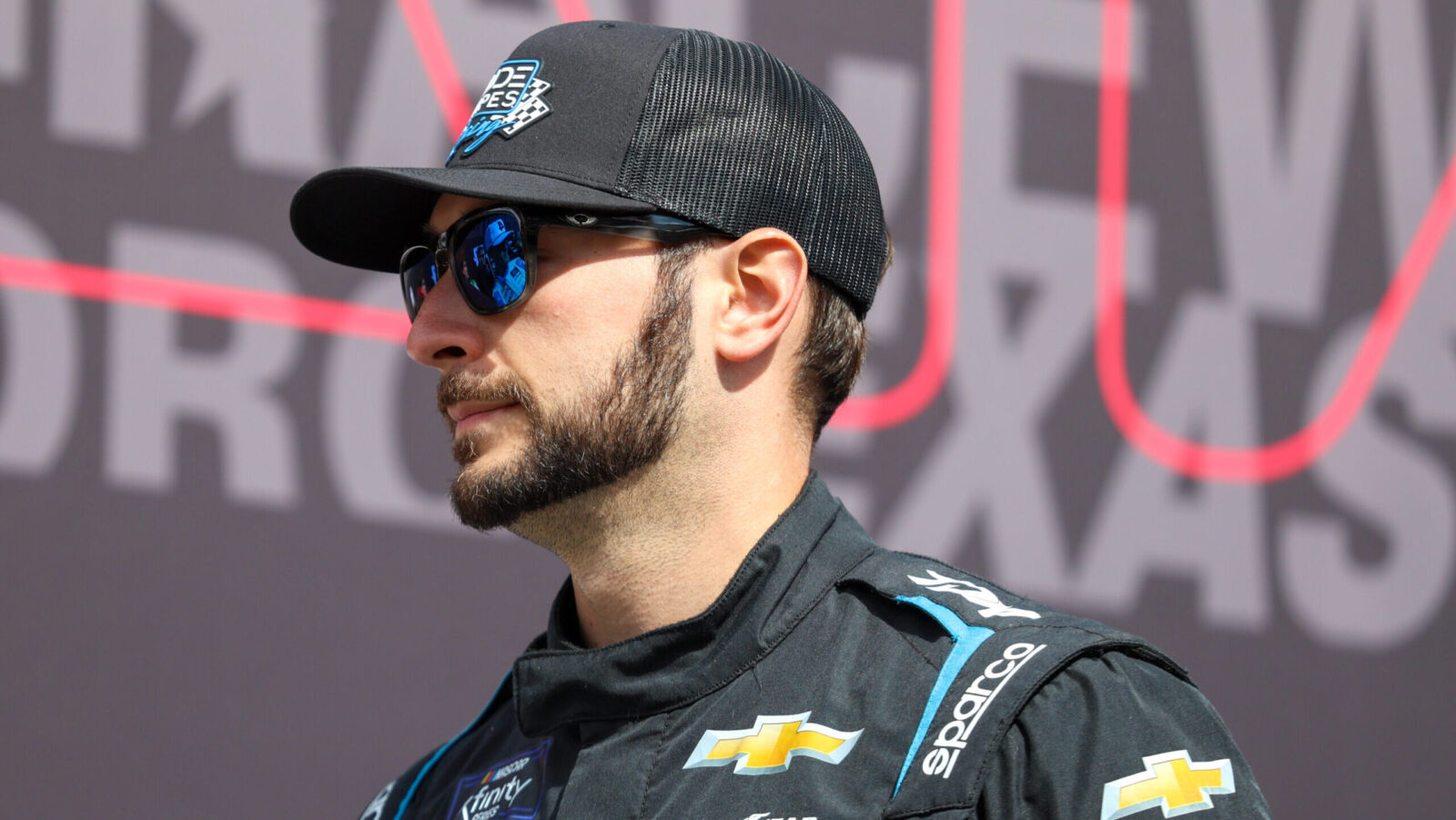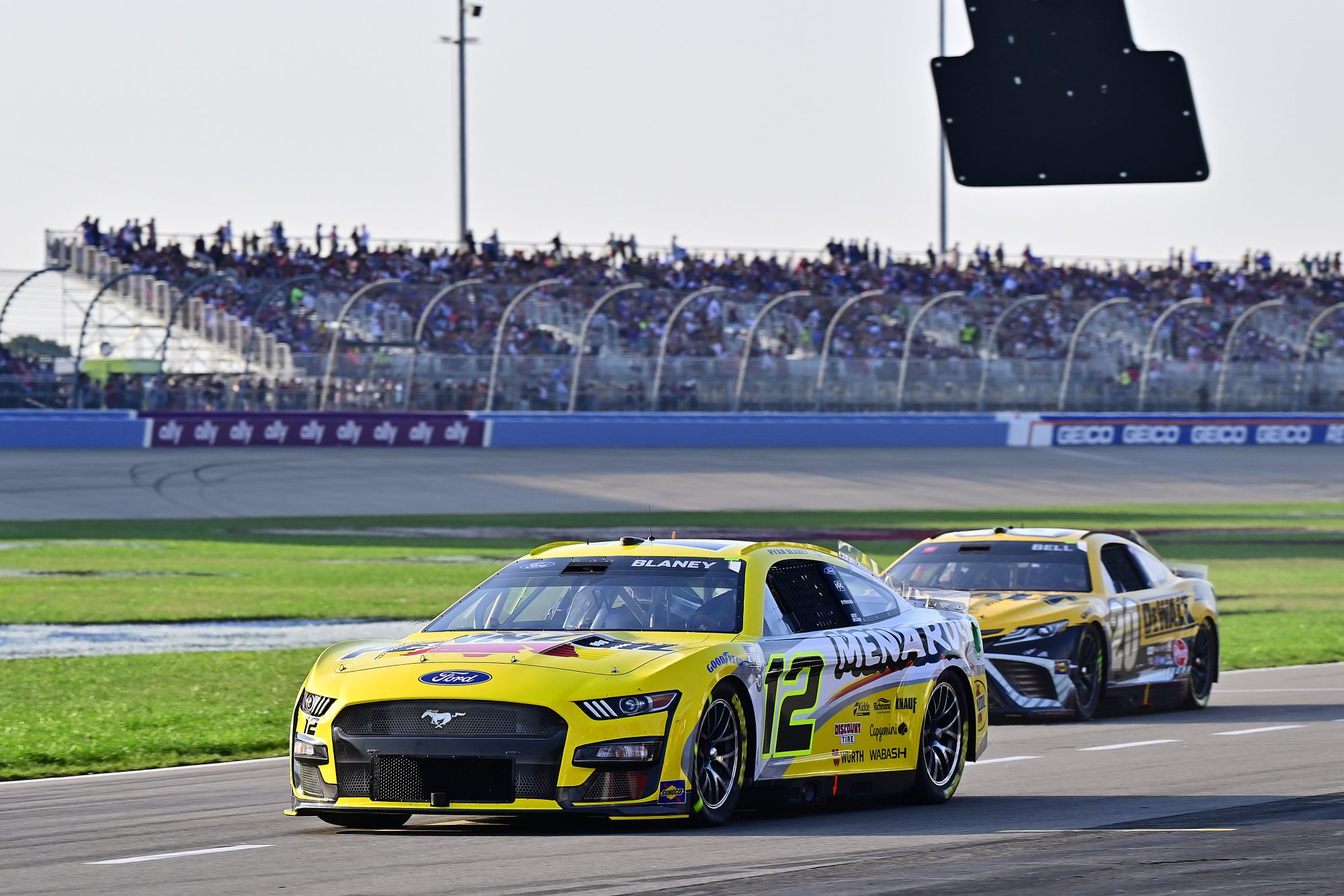
After a mid-race crash in Sunday’s Ally 400 at Nashville Superspeedway, which saw Ryan Blaney impact an unprotected concrete wall at the inside of the racetrack, several questions have been raised as to why there was no SAFER barrier placed at that location.
Even though Blaney was able to climb from his No. 12 Ford Mustang without sustaining any major injuries, the Team Penske driver wasn’t pleased with the lack of a SAFER barrier, and expressed his frustrations upon exiting the infield care center.
“I don’t know why there’s no SAFER barrier there,” said Blaney. “That’s pretty ridiculous, honestly. Hardest hit I’ve ever had in my life. Happy to be all right, but it sucks for the Pennzoil Ford Mustang. Stinks to go home early.”
Following the conclusion of Sunday’s NASCAR Cup Series event at Nashville Superspeedway, the sanctioning body released the following statement, addressing the concerns laid out by Blaney:
“NASCAR safety engineers work closely with safety experts on the implementation of barriers around the track. As we do following every race weekend, we will evaluate all available data and make any necessary improvements.”
On Tuesday, Elton Sawyer, NASCAR’s Senior Vice President of Competition, joined SiriusXM NASCAR Radio to discuss the incident, give NASCAR’s point of view, and further discuss how situations like this can be avoided in the future.
??"I echo Ryan's thoughts: it's unacceptable."#NASCAR SVP of Competition Elton Sawyer told #TMDNASCAR the sanctioning body is looking deeper into @Blaney's accident on Sunday at @NashvilleSuperS when he hit a concrete wall head on.
? "Something should have been there." pic.twitter.com/174bdeEKhV
— SiriusXM NASCAR Radio (Ch. 90) (@SiriusXMNASCAR) June 27, 2023
“I echo Ryan [Blaney’s] thoughts: it’s unacceptable. I’ll start there,” said Sawyer. “Why it wasn’t protected, I don’t have a great answer for you. There are some areas, that basically are not designed – or are not positions around the facility where it’s conducive to put SAFER.
“What I’ve been told is you need a 100-foot span to be able to use SAFER. Now, this is less than that, but with that being said there are other options. Whether it be sand barrels, whether that be tire barriers, something should have been there. We are taking a much deeper dive into that today to see exactly why it wasn’t and to take the steps not only at Nashville, but all of our venues, just to make sure we’re checking all of the boxes.”
In recent years – even more so since the debut of the NextGen in 2022 – the sanctioning body has been willing to listen and make the necessary changes when a driver, engineer, or someone within the industry has expressed safety concerns.
“Safety is not a destination, it’s a journey,” Sawyer continued. “Whether that’s certain facilities that we own, or are owned by someone else when we get there it’s our responsibility to make sure those facilities are in compliance for our competitions and our fans alike, and we will do that. Motorsports is inherently a dangerous sport, but we still have to do everything in our power to make sure that the athletes that we put out there to put on a great show for our fans are in the best, safest possible situation that we can.”

